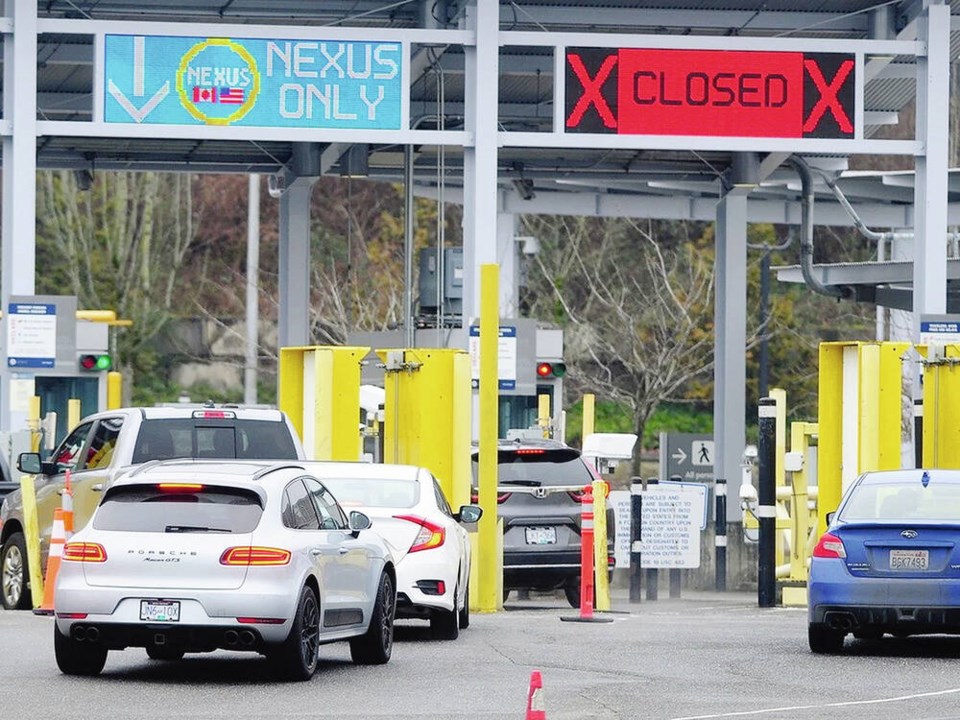VANCOUVER — B.C.’s busiest U.S. border crossing is about to get a major overhaul.
The U.S. General Services Administration (GSA), which oversees centralized procurement for the U.S. federal government, announced that US$33.2 million has been awarded to expand the Pacific Highway crossing in Blaine, Wash.
The expansion will add four new lanes for passenger vehicles, bringing the total to 10, and six large inspection bays for vehicles, according to the GSA. It will also change traffic configuration to improve flow.
“A more modern port of entry will also reduce congestion and waiting times for travellers, improve public safety, and further promote cross-border trade and tourism in the United States and Canada,” U.S. congressman Rick Larsen said in a news release announcing the contract award.
Design and construction will be handled by two regional Native American firms. Tribal One, a Coquille Indian Tribe-owned firm from Oregon, and RJS Construction, a woman- and Native American-owned construction business in Washington State.
Construction will use low embodied carbon concrete and steel, which is expected to produce 190 fewer metric tons of carbon dioxide equivalent than standard concrete and steel. That’s about the same emissions a gas-powered car would generate by driving around the Earth 25 times, according to the GSA.
The 24-hour land port of entry connects the Pacific Highway in Surrey with Highway 543 in Blaine. In recent years, there have been significant increases in passenger traffic and the crossing now processes more vehicles than it was designed for.
So far in 2024, 3.2 million passenger vehicles have entered the U.S. through the crossing, up from 2.9 million in 2023. About 350,000 commercial trucks also used the Pacific Highway crossing to enter the U.S. during the same period.
The crossing was last expanded in 1999 and waiting times have been increasing along with the traffic.
“Left unaddressed, wait times will continue to increase along with negative environmental and economic impacts resulting from the delays,” the GSA noted in the release.
Upgrades are planned for the port on the Canadian side of the border as well, although few details are available.
The Pacific Highway crossing is part of the Land Border Crossing Project, a modernization project by the Canada Border Services Agency (CBSA) that will spend more than $480 million to upgrade or replace 24 ports of entry across Canada.
Full-service ports such as Pacific Highway will get “major infrastructure enhancements,” while smaller ports of entry may be replaced, according to the CBSA announcement.
The upgrades will “improve the border crossing experience for travellers, provide border services officers with upgraded infrastructure and technology, and deliver on the border of the future,” according to the news release.
Along with Pacific Highway, there are four other ports of entry in B.C. included in the project: Chopaka, west of Osoyoos; Paterson, south of Trail in the Kootenays; and Pleasant Camp and Fraser, both along the Alaskan border.
The Fraser port of entry upgrade was completed in September 2022 and cost approximately $5 million.
Construction is expected to start in 2025 and be largely completed by November 2026.
The ports of entry on both sides of the border will remain open during the construction process.



